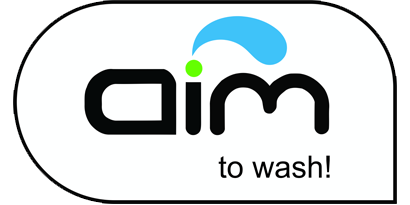Wet Wipes, Toilet Paper or Bidets?
Wet wipes, despite their convenience, pose significant environmental and infrastructural challenges. Unlike toilet paper, which is designed to disintegrate quickly in water, wet wipes are typically made from synthetic materials that are not biodegradable. As a result, they can cause major issues when flushed down toilets, leading to clogged pipes, sewer system blockages, and environmental pollution. Here are some examples of real-world challenges associated with wet wipes:
Sewer System Blockages: Wet wipes do not break down easily, even after being flushed. They can accumulate in sewer pipes, combining with grease and other debris to form fatbergs, massive clumps that obstruct the flow of wastewater. In 2017, a 250-meter long fatberg weighing 130 tons was discovered in the sewers of London, causing extensive damage and requiring weeks of labor to remove.
Environmental Pollution: When wet wipes make their way into water bodies, they contribute to pollution and harm aquatic ecosystems. Marine animals can mistake them for food, leading to ingestion and entanglement. The presence of wet wipes and their microplastic components in oceans and rivers has become a growing concern worldwide.
Water Treatment Challenges: Wet wipes can also affect wastewater treatment plants. Their non-biodegradable nature requires additional filtration and disposal measures. These extra steps increase costs for utilities and, in some cases, result in the release of untreated or partially treated wastewater into the environment.
Bidets offer a more sustainable alternative to both wet wipes and traditional toilet paper. Bidets use water to cleanse, eliminating the need for disposable wipes altogether. Here's why bidets are a better option:
Environmental Friendliness: Bidets significantly reduce the consumption of toilet paper and eliminate the need for wet wipes altogether. By using water for cleansing, bidets minimize waste and reduce the environmental impact associated with disposable products. The water used in bidets is generally a fraction of what would be required to produce an equivalent amount of toilet paper.
Hygiene and Comfort: Bidets provide a thorough and hygienic cleansing experience. The use of water ensures effective cleaning, leaving users feeling fresher and cleaner compared to using toilet paper alone. Bidets with adjustable water pressure and temperature settings offer personalized comfort.
Cost-Effectiveness: While the upfront cost of installing a bidet may be higher than purchasing toilet paper or wet wipes, bidets can lead to long-term savings. The reduction in toilet paper usage and the elimination of wet wipes translate to reduced recurring expenses.
Public awareness about the problems caused by wet wipes has prompted regulatory actions and campaigns urging consumers to dispose of them properly. Some countries have taken steps to ban or regulate the labeling of wet wipes as flushable due to their detrimental effects on plumbing and the environment.
In conclusion, wet wipes pose significant challenges, including pipe blockages, environmental pollution, and strain on wastewater treatment systems. Bidets offer a more sustainable and hygienic alternative, reducing the reliance on disposable products and minimizing the negative impact on both infrastructure and the environment. Making the switch to bidets can contribute to a cleaner and more sustainable future.
